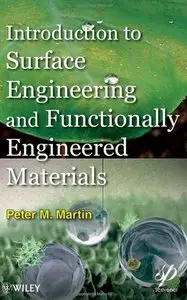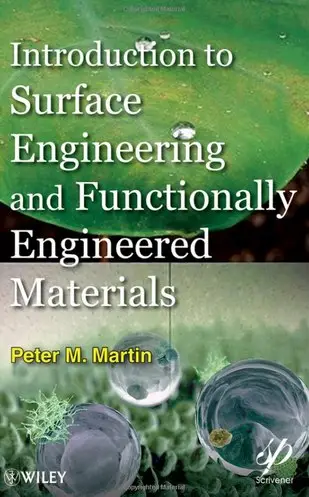Introduction to Surface Engineering and Functionally Engineered Materials
by Peter Martin
English | 2011 | ISBN: 047063927X | 584 pages | DJVU | 39.56 MB
by Peter Martin
English | 2011 | ISBN: 047063927X | 584 pages | DJVU | 39.56 MB
From the Back Cover
Incorporates in a single resource all aspects of surface engineering, including tribological, optical, electrical and electro-optic coatings as well as functionally engineered structures and materials.
Introduction to Surface Engineering and Functionally Engineered Materials provides a clear and understandable text for users and developers of advanced engineered materials, particularly in the area of thin films. It addresses the fundamentals of modifying the optical, electrical, photo-electric, tribological, and corrosion resistance of solid surfaces, and how to add functionality to solids by engineering their surface, electronic, magnetic and optical structure and properties. Thin film applications are emphasized. Through the inclusion of multiple clear examples of the technologies, how to use them, and the synthesis processes involved, the reader will gain a deep understanding of the purpose, goals, and methodology of surface engineering and engineered materials.
This comprehensive and authoritative introduction includes chapters on:
- Properties of solid surfaces
- Thin film deposition processes
- Thin film structure and defects
- Thin film tribological materials
- Optical thin films and composites
- Fabrication process for electrical and electro-optical thin films
- Functionally engineered materials
- Multifunctional surface engineering applications
- Bio-inspired materials and surfaces
The book will used by engineers, materials scientists, and product developers in industry who work, for instance, with thin films, surfaces, coatings, optics, corrosion, nanotechnology, and plasma. Students, faculty, and the research community (government, industrial, and university labs) will find this book of great importance as well.
Please No mirrors.



